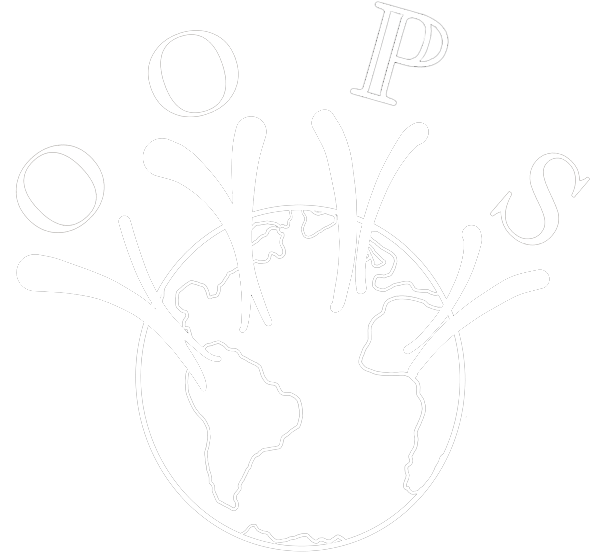Multiplicative chaos: from Gaussian free field to Brownian loop-soup and back
Nathanael Berestycki
Gaussian multiplicative chaos, originally introduced by Kahane in the 1980s to model turbulence (following ideas of Kolmogorov and Mandelbrot), assigns a rigourous meaning to random measures defined formally by taking the exponential of a Gaussian field with logarithmic correlations, such as the Gaussian free field in two dimensions. It plays an instrumental role in recent breakthroughs related to Liouville quantum gravity. It also arises naturally as a scaling limit in many different areas, including random matrices and the Riemann zeta function.
The plan for this series of lectures is as follows:
1) Definition of Gaussian multiplicative chaos and proof of convergence.
We will cover the main steps in the proof of convergence of Gaussian multiplicative chaos, as well as a proof of the fact that the limit is universal (i.e., independent of the regularisation procedure). This will roughly follow the lines of arXiv:1506.09113, which is based on an understanding of the sort of atypical points which contribute to the measure, namely the "thick points" of the field h.
2) Brownian multiplicative chaos and thick points of random walks.
We will discuss a recent breakthrough by Jego (arXiv:1812.01903) and by Aidékon, Hu and Shi (arXiv:1809.07094) in which a multiplicative chaos is constructed for the log-correlated (but highly non Gaussian) field h given by the square root of the occupation field of planar Brownian motion. This measure was used by Jego (in arXiv:1909.05067) to describe the scaling limit of the thick points of planar random walk. The latter is a very substantial generalisation of the landmark results of Dembo, Peres, Rosen and Zeitouni in connection with their resolution of the Erdos-Taylor conjecture.
3) Multiplicative chaos of the Brownian loop soup.
The Brownian loop soup is a Poissonian cloud of Brownian loops with a given intensity theta.
I will discuss some joint work in progress with Aidékon, Jego and Lupu in which the previous construction is extended to the Brownian loop soup.
At the critical intensity theta=1/2, the corresponding random measure is shown to coincide with the hyperbolic cosine of the Gaussian free field, closely related to Liouville measure (i.e., the Gaussian multiplicative chaos of GFF). We draw several conclusions which elucidate connections between Brownian multiplicative chaos, GFF and Liouville measure. For instance, it is shown that Liouville-typical points are of infinite loop multiplicity, with the relative contribution of each loop to the overall thickness of the point being described by the Poisson–Dirichlet distribution with parameter theta=1/2.
Further reading: Lecture notes by N.Berestycki and E.Powell (in particular on Gaussian free field and Gaussian multiplicative chaos), Lecture notes by W. Werner and E. Powell (in particular on Gaussian free field and Brownian loop-soup).
